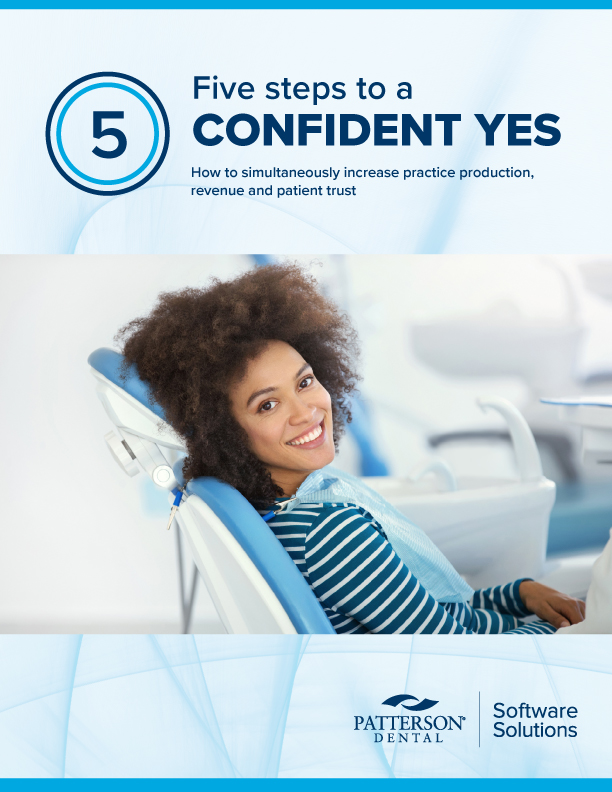HPI: Changes in dentist demographics, practice modalities accelerating
Health Policy Institute releases latest workforce data

The dentist workforce is getting younger, more likely to be female and more likely to be non-white, according to the latest data from the ADA Health Policy Institute.
The findings reported in the webinar, "The Changing Dentist Workforce ," also found that the prevalence of solo practices is rapidly decreasing, and fewer dentists own their practice.
"We are about to see a de-aging of the dentist workforce," said Marko Vujicic, Ph.D., HPI chief economist and vice president, during a March 9 webinar to present the findings. "In the next five years, there's going to be a big exodus of the baby boomer dentist population."
And behind that exodus is a surge of younger dentists in the workforce.
That changing demographic of practitioners, along with other factors such as the COVID-19 pandemic, are only accelerating a shift on practice modality, with solo practices continuing to decrease while groups and dental support organizations continue to increase.
"[The pandemic] has had an acceleration effect," Dr. Vujicic said. "It's thrown gas on embers that were underneath that are now front and center."

Other key findings by HPI include:
- The number of dentists per capita remain stable at 60.8 dentists per 100,000 in 2021. However, that's projected to increase beginning in 2025 through 2040 at 67 dentists per 100,000 population.
- The average age of dentists in 2021 was 49 years old, down from 49.3 in 2020 and from a peak of 50 in 2014.
- Gender parity is projected to reach the dentist workforce in 2040, as more women continue to pursue dentistry. Women made up 20% of the dentist workforce in 2005; 34.5% in 2020.
- 69.1% of the dentist workforce in 2021 were white, down from 83.2% in 2001.
- Asians and Hispanic or Latino dentists continue to increase. About 18.5% of dentists in 2021 were Asian, up from 9.7% in 2001; and about 6.1% were Hispanic or Latino, up from 3.5% in 2001. Black dentists were 3.9% of the dentist workforce in 2021, up from 3.3% in 2001.
- Practice ownership continues to decline, from 84.7% in 2005 to 73% in 2021.
- Percentage of private practice dentists in solo practice also continues to decline at 46.2%, down from 66.5% in 2001. While a decrease in the prevalence of solo practices is seen among all dentists, the trend is pronounced among younger dentists.
- 10.4% of U.S. dentists were affiliated with dental service organizations in 2019, up from 8.8% in 2017. Meanwhile, the percent of dental school seniors entering private practice who plan to join a DSO increased from 12% in 2015 to 30% in 2020.
"There's a huge generational divide in the workforce in the U.S.," Dr. Vujicic said during the webinar. "The generational divide will have implications on the practice model."
To learn more about the changing dentist workforce or watch a recording of the webinar, visit ADA.org/HPI.



